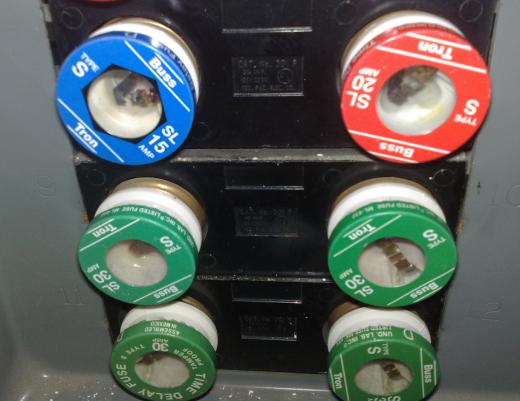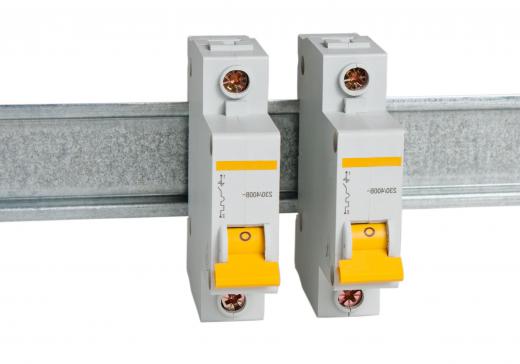What Is a Short Circuit?
A short circuit is a type of malfunction in electrical systems. It occurs when an unintended connection is created between two components that are supposed to be isolated. This can be caused by faulty wires or parts or by external elements such as moisture or foreign materials. The resulting surge of power can damage the system and any devices that are attached to it. A short circuit can be dangerous, as overheating and wayward current can cause fires and other hazards.
Electricity is harnessed by directing electric current from a power source into a system of wires and conductors; devices are powered by connecting them to this system. In the language of electrical engineering, an open circuit results when electricity is prevented from flowing throughout the system. In a closed circuit, current flows freely, and the system is said to be hot. Electricity from a closed circuit will flow into any conductive material that is available. When conducting materials create a closed circuit where none is supposed to exist, the result is a short circuit, sometimes abbreviated as “short” or “s/c.”

Electrical wires are encased in insulating materials to reduce the chance of a short circuit. If the insulation is removed or the wires are otherwise compromised, the flow of current in the system may make an abrupt detour. External factors can also create these detours, such as tree limbs falling across uninsulated power lines during a storm. The wet wood conducts the current from one line to the next, creating an unintended surge of power. The result can be a power failure, as the system automatically shuts itself down to prevent further damage.

Water is a highly conductive material. A single trail of liquid from one uninsulated component to another can create a short circuit. This is why most electrical devices should be protected from moisture and should not be used if they do get wet. Likewise, any device or electrical system must be shut off if a short circuit is detected or suspected. A qualified technician should be consulted as soon as possible to avoid the chance of equipment damage or even worse consequences.

A short circuit has low resistance, meaning the current has a stronger flow than the components were designed to handle. Consequently, the affected area can overheat or even generate an arc of uncontained electricity. This can result in severe damage to components and devices, electrical shocks, or even fires. For this reason, most electrical systems are equipped with fuses, circuit breakers, and similar safety devices. In the event of a power surge, these devices create an open circuit, shutting off the electricity in the whole system.
AS FEATURED ON:
AS FEATURED ON:













Discuss this Article
Post your comments